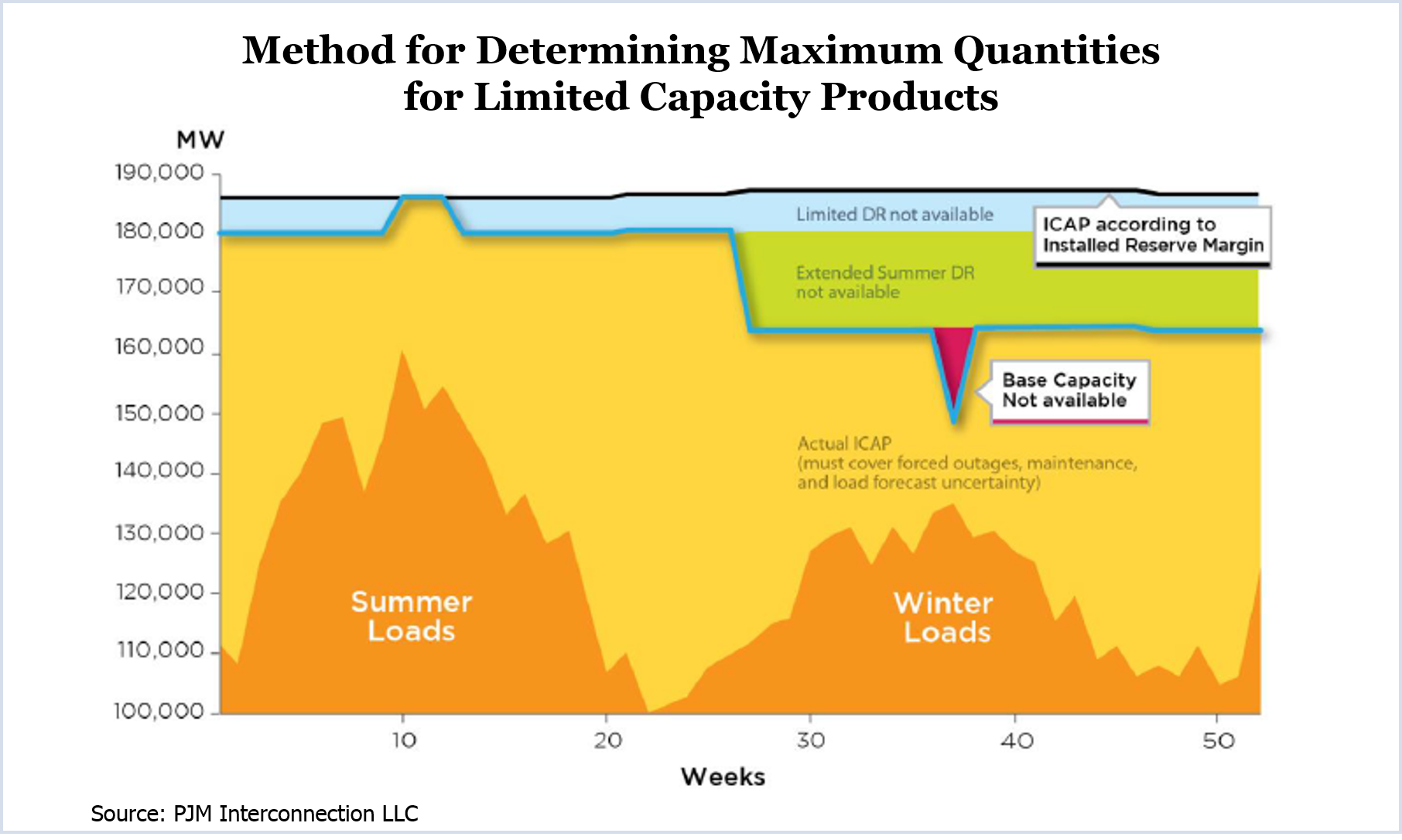PJM officials yesterday proposed sweeping changes to the capacity market to address concerns over the poor performance of generators in early January, when as much as 22% of PJM’s generating fleet was unable to run.
The proposed changes are certain to be the subject of vigorous debate over its cost and impact on generators and demand response providers. The first discussion will come at a meeting Friday of the “Capacity Performance” initiative. (See PJM to Hike Penalties, Incentives to Improve Winter Reliability.)

The new product would include generation, DR and energy efficiency providers that can guarantee their availability during hot and cold weather alerts and maximum emergency generation alerts. The resources would need to demonstrate they can produce their committed installed capacity for 16 hours for each of three consecutive days.
Fuel Access
For generators, that would require access to fuel and no long notification or start times.
Gas generators would have to show they have dual-fuel capability or have secure gas supplies through a combination of firm delivery service or access to storage. Coal generators would have to demonstrate that they have taken steps to ensure their coal piles and conveyors will not freeze.
All eligible generators would have to demonstrate sufficient weatherization and operations and maintenance procedures to ensure that the unit can operate “through extreme hot or cold weather conditions.”
Penalties would be assessed for every hour that energy is not delivered, but the penalty could be offset by energy produced by a non-capacity resource in the generation owner’s portfolio.
Annual DR providers would have to be available 24 hours a day all year and ensure reductions for 16 peak hours over three consecutive days. “This requirement effectively means DR must be present summer and winter,” PJM said.
2015/16 Concern
PJM said its action was prompted by concern that a 22% outage rate in the winter of 2015/2016, “coupled with extremely cold temperatures and expected coal retirements, would likely prevent PJM from meeting its peak load requirements.”
Officials said the changes would have no immediate impact on the RTO’s installed reserve margin (IRM) calculation because “existing IRM calculations already assume higher capacity performance than is occurring, meaning that the new product should produce performance that already is factored in to the IRM calculation.”
The existing annual capacity product would be renamed “base capacity.”
PJM would establish maximum product quantities for the Limited DR, Extended Summer and Base Capacity products based on their combined reliability impact.
“This method will calculate the amount of Capacity Performance resources that can be displaced by the sum of Limited DR, Extended Summer and Base Capacity products until there is a 10 percent increase in the [loss-of-load expectation],” PJM said. “By applying such a method, PJM will allow resources with availability limitations to clear in RPM auctions only up to maximum quantities which do not significantly increase reliability risk.”
Cost Allocation
The changes would take effect for the May 2015 Base Residual Auction (BRA), with a transitional mechanism to address reliability requirements for delivery years 2015/16 through 2017/18.
PJM offered two options for assigning costs under the new construct.
One would continue current rules, which assign capacity costs to load-serving entities based on their daily unforced capacity obligation. This would recognize that while the changes are primarily intended to improve winter performance the “critical period” penalties should also improve summer reliability.
An alternative would be to allocate the additional costs of the Capacity Performance product based on zonal winter peak load forecasts.
[Editor’s Note: RTO Insider will have a full report on the PJM proposal, and stakeholders’ reactions to it, in Tuesday’s edition.]



